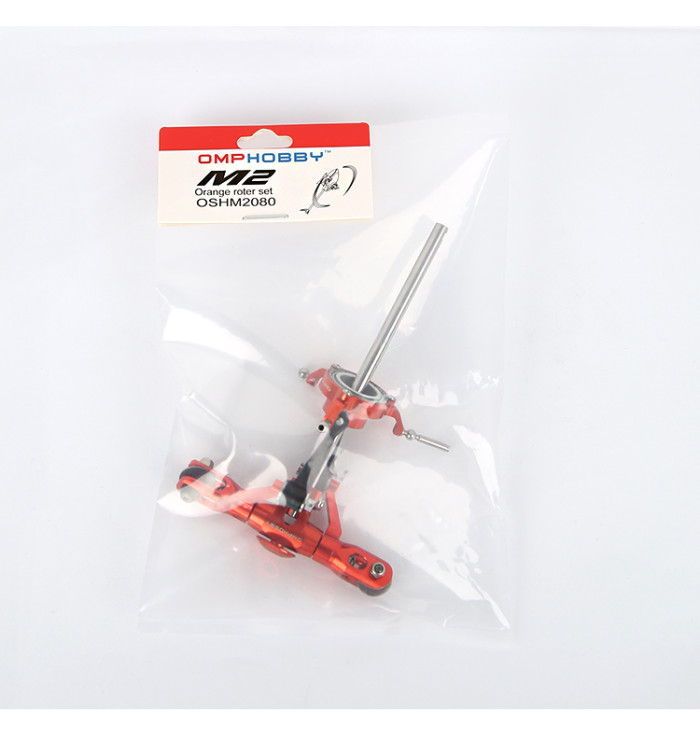See This Report about Helicopter Replacement Parts
Wiki Article
Helicopter Replacement Parts for Beginners
Table of ContentsIndicators on Helicopter Replacement Parts You Should KnowThe Main Principles Of Helicopter Replacement Parts How Helicopter Replacement Parts can Save You Time, Stress, and Money.The Facts About Helicopter Replacement Parts Revealed

With this hinge, when one blade flaps up, the other flaps down. Waving is caused by a phenomenon called dissymmetry of lift. As the aircraft of rotation of the rotor blades is slanted and the helicopter begins to relocate onward, a progressing blade and a pulling back blade come to be recognized (on two-bladed systems).
When blade rotation reaches the point where the blade becomes the retreating blade, the added lift is shed as well as the blade flaps downward. Fully articulated blades blade systems offer joints that permit the blades to move fore and also aft, as well as up as well as down.
When first beginning to spin, the blades lag until centrifugal pressure is completely developed. As soon as turning, a decrease in speed causes the blades to lead the major blades hub till pressures come right into equilibrium.
The 25-Second Trick For Helicopter Replacement Parts
Toward that end, the usage of elastomeric bearings in main rotor systems is raising. They also do not need normal lubrication, which minimizes upkeep.These are centers and also hub elements that are constructed out of advanced composite materials. They are designed to use up the pressures of blade hunting and dissymmetry of lift by flexing. Thus, many hinges and bearings can be eliminated from the tradition major blades system. The outcome is a simpler rotor mast with lower upkeep as a result of fewer relocating parts.
Generally, helicopters have between 2 and also 7 primary rotor blades. These rotors are usually made of a composite structure. The huge revolving mass of the main rotor blades of a helicopter produce torque.
Controlled with foot pedals, the countertorque of the tail blades need to be modulated as engine power look at this now degrees are altered. This, in turn, changes the quantity of countertorque, as well as the aircraft can be revolved regarding its vertical axis, permitting the pilot to manage the direction the helicopter is encountering.
Fascination About Helicopter Replacement Parts

This low pressure creates a force counter to the torque created by the main rotor. In addition, the remainder of the air from the fan is sent out through the tail boom to an air vent on the aft left side of the boom where it is eliminated. This action to the left creates a contrary reaction to the right, which is the instructions required to More Bonuses respond to the main rotor torque.
It can be moved in any type of instructions to turn the aircraft of turning of the rotor blades. As mentioned, the foot pedals control the pitch of the tail rotor blades thus stabilizing major blades torque.

Numerous blades layouts and also configurations have been carried out gradually. Single major blades helicopters are one of the most usual sort of helicopter They need an anti-torque device (tail rotor or other anti-torque system) to neutralize the twisting energy produced by the main rotor, which is powered by several engine(s).
The Single Strategy To Use For Helicopter Replacement Parts
The most common anti-torque device is a tail rotor, which is made to make up the torque created by the main blades. EC25 solitary main blades helicopter A tandem blades helicopter has two major blades systems as well as no tail rotor. Usually the back rotor is mounted at a greater setting than the front blades, as well as the two are designed to stay clear of the blades colliding, should they bend into the other blades's path.The layout of the drive as well as control system are more difficult than the among a single major rotor helicopter (helicopter replacement parts). Ch47 Chinook helicopter with tandem blades Coaxial blades are 2 main Discover More Here blades installed on one pole, sharing the exact same axis of turning however kipping down contrary instructions, one on top of the various other.
The helicopter will yaw to the left if the clock sensible turning blades creates even more lift, as well as it will certainly yaw to the right if even more lift is produced by the counter-clock sensible revolving rotor. The drag generated by the rotors is fairly large due to the interference of air flows, so these helicopters do not normally have a high travelling speed.
Report this wiki page